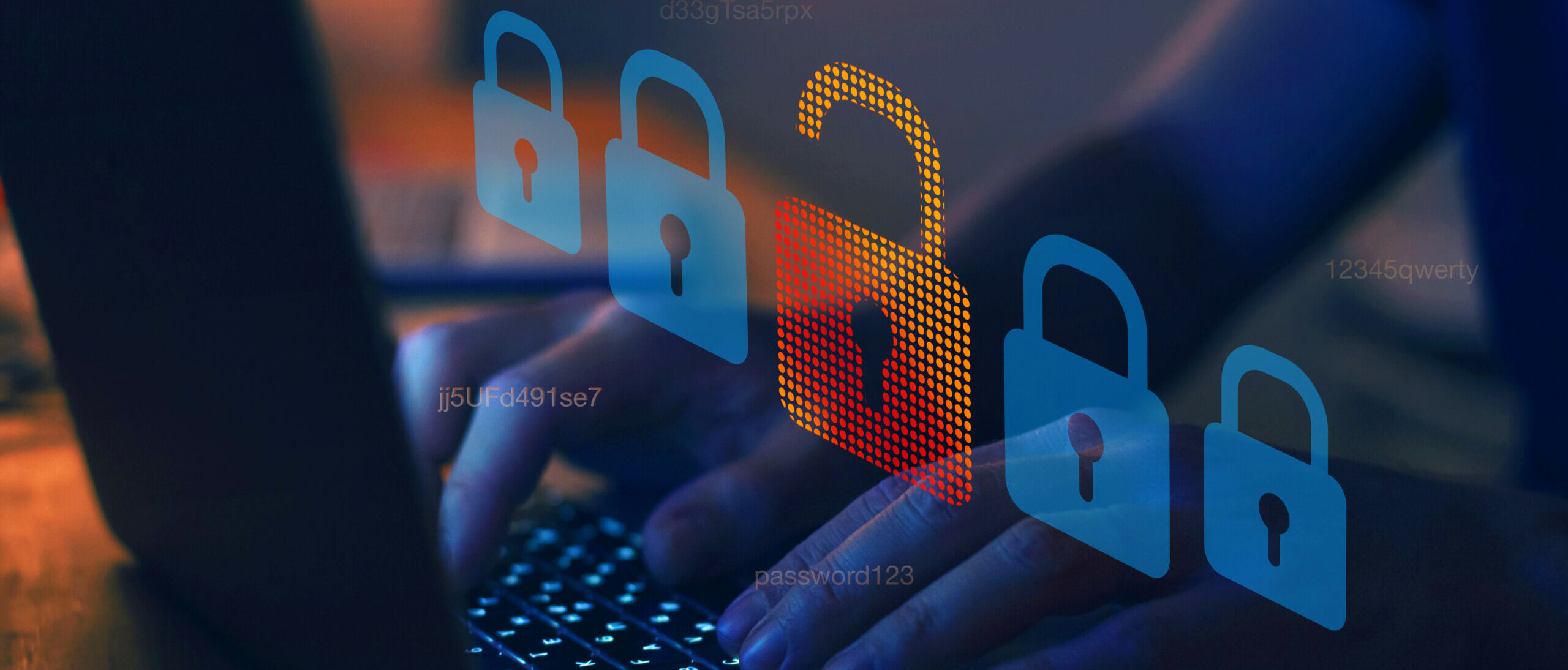Turke & Strauss LLP, a leading data breach law firm, is investigating Primary Care of Long Island regarding its recent data breach. The Primary Care of Long Island data breach involved the sensitive personal identifiable information belonging to an undetermined number of individuals.
ABOUT PRIMARY CARE OF LONG ISLAND:
Primary Care of Long Island is a health care provider with two medical centers on Long Island, New York. Specializing in providing physical check-ups and diagnostic testing, Primary Care of Long Island blends family medicine and personalized health services with modern treatment and prevention methods. Headquartered in Lindenhurst, New York, Primary Care of Long Island operates a second medical center in Brentwood, New York.
WHAT HAPPENED?
On or about May 23, 2022, Primary Care of Long Island experienced a data breach in which the sensitive personal identifiable information in its systems may have been accessed. Through its investigation, Primary Care of Long Island determined that an unauthorized actor may have gained access to this sensitive information by deploying a ransomware attack between May 23 and June 8, 2022. The type of information exposed includes:
- Name
- Social Security number
- Date of birth
- Address
- Phone number
If you are a current or former patient of Primary Care of Long Island:
We would like to speak with you about your rights and potential legal remedies in response to this data breach. Please fill out the form, below, or contact us at (608) 237-1775 or sam@turkestrauss.com.
If you were impacted by the Primary Care of Long Island data breach, you may consider taking the following steps to protect your personal information.
- Carefully review the breach notice and retain a copy;
- Enroll in the free credit monitoring service provided by Primary Care of Long Island;
- Change passwords and security questions for online accounts;
- Regularly review account statements for signs of fraud or unauthorized activity;
- Monitor credit reports for signs of identity theft; and
- Contact a credit bureau(s) to request a temporary fraud alert.


